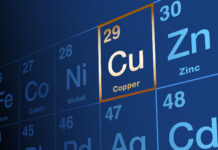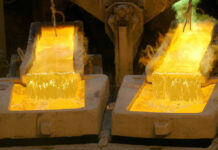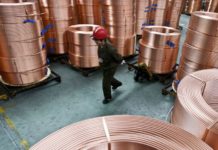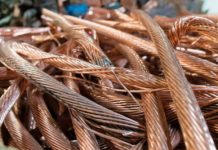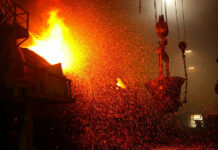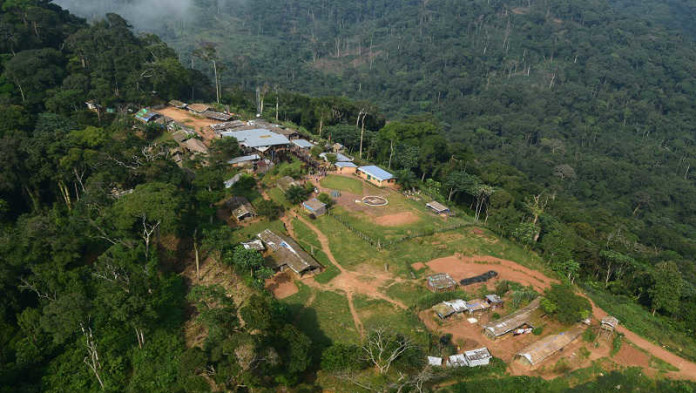
HALF an hour’s flight in a compact chartered plane from Goma, followed by a bone-jarring, four-hour drive delivers you in the middle of the Democratic Republic of the Congo’s (DRC’s) sprawling eastern forest, and at the entrance of one of the world’s most improbable mines.
Boris Kamstra, however, urges visitors to suspend their doubts. Yes, the mine is slap bang in the DRC’s historically volatile North Kivu distruct, but the mine – known as Bisie – is fabulously rich in tin. A recent feasibility study supported mining for 16 years at some 10,000 tonnes of tin a year.
Kamsta is CEO of Alphamin Resources, the Toronto-listed firm that is developing Bisie. He explains that the DRC government was thrilled to have them in the region partly because it formalised mining following more than 10 years of artisanal activity, some of which funded militia involved in factional wars of various stripes.
Kamstra says a more recent study verified a resource of 4.67 million tonnes. At a grade of 3.58%, that translates into 167,000 tonnes of tin and makes Bisie one of the richest tin orebodies in the world; hence, the confidence of setting up shop in what would appear to be the middle of nowhere.
Based on 2017 tin prices, currently sitting at just over $20,000/t, Alphamin anticipates a cash margin of some $11,040 per tonne of tin sold, yielding a life of mine annual average EBITDA of approximately $110m. It has budgeted a cash cost of $8,837/t of tin produced and $10,359/t of tin sold after duties, royalties, levies and marketing fees.
“That’s the beauty of this project – we wouldn’t do it if it was marginal,” said Kamstra. “It has to be stellar. The industry would have to experience extreme stress before we would be placed under duress. In fact, we’ve already been given pro-forma offtakes and we get very close to spot price,” he said at a site visit last week that Miningmx attended.
Demand for tin is good. The European Union recently legislated for tin as solder instead of lead. The Dodd-Frank Act, a piece of US-driven lawmaking, aimed at verifying the provenance of metals, is also supportive because it guarantees buyers of the metal that the material is not filling the pockets of those involved in illicit activities. Given the fact Bisie is territory formerly dominated by warlords, you can see the sense of that.
Prior to Alphamin’s involvement at Bisie, artisinal miners were extracting around 4% of the global supply of tin, accessing the orebody through rudimentary vertical tunnels. The ore was then transported by foot to local villages, before being sent to export traders in nearby Goma. These traders would then export the ore, along with legally mined material, to smelters in Asia and elsewhere.
“We know its mineable, because the artisinals have gone down with no skills or support and we know we can create a concentrate that wouldn’t even require a plant,” said Kamstra.
“Logistics is a problem, but when the airstrip is complete, we could fly in diesel and fly out concentrate. It would cost us probably $10m to $15m a year. If we’re making pre-tax profits of $110m, its not the end of the world.”
As for the 400 extant artisans on Alphamin’s property, the company is working with the authorities to relocate them to a site to a nearby site where they have permission to continue.
Alphamin MD, Richard Robinson, said the mine remained on track for 2019 commercial production. Construction of the underground workings is under way, including the development of the decline. Workers’ accommodation has been completed, while civil, earthworks and mining contractors are due to be appointed in 2018.






